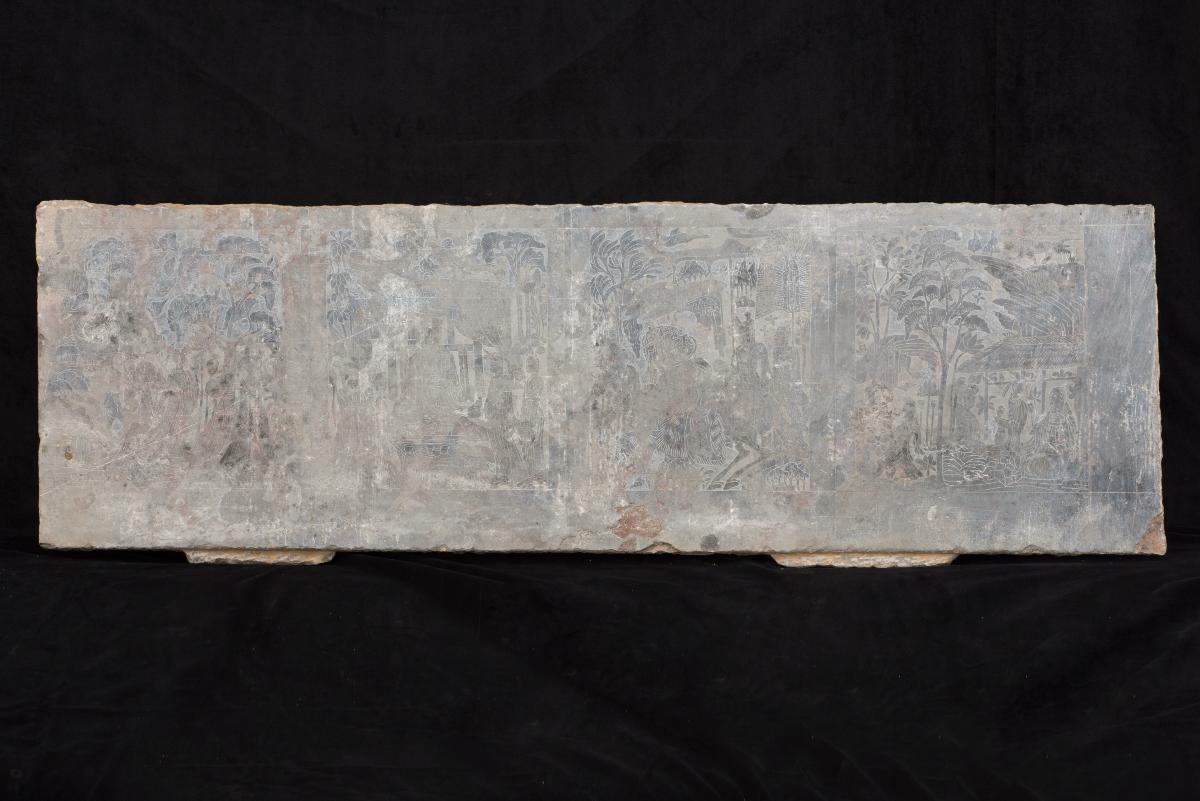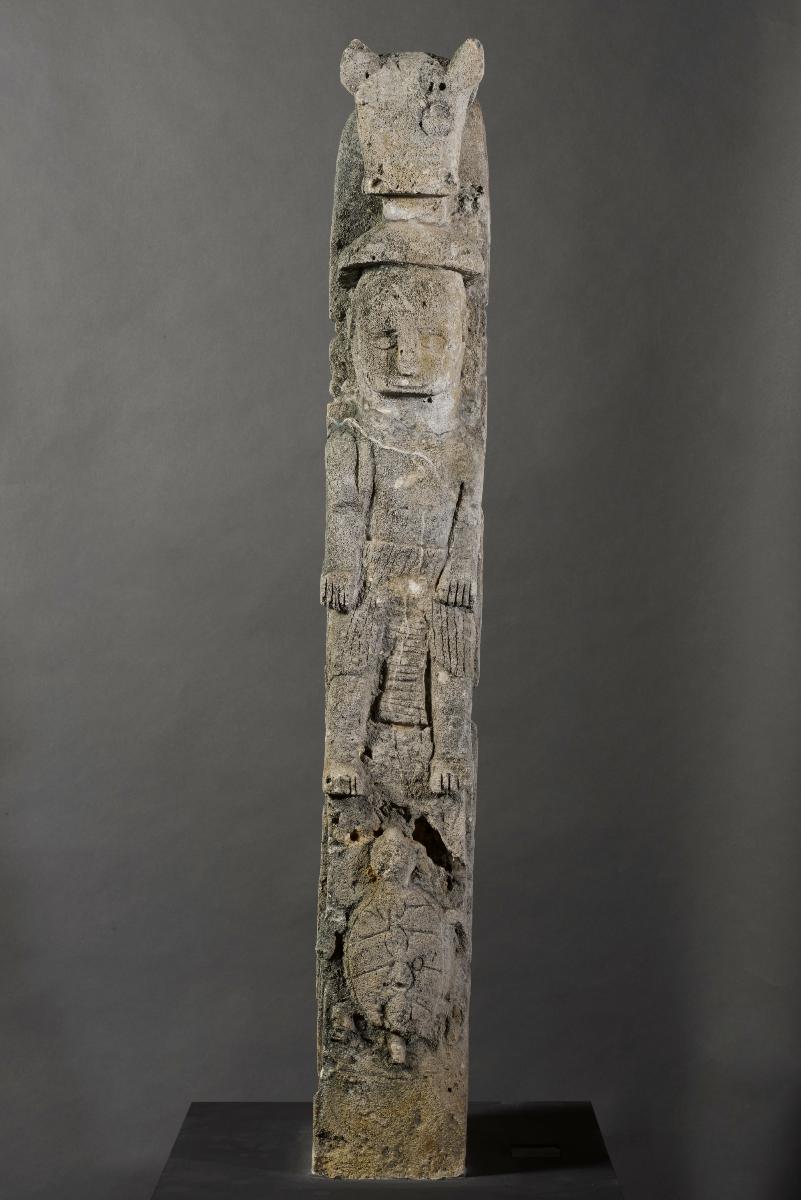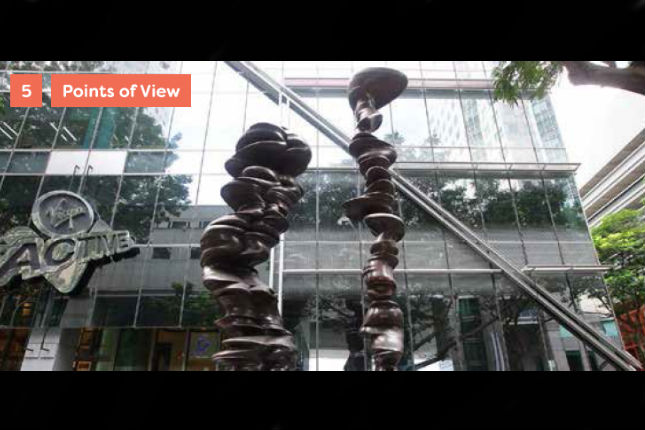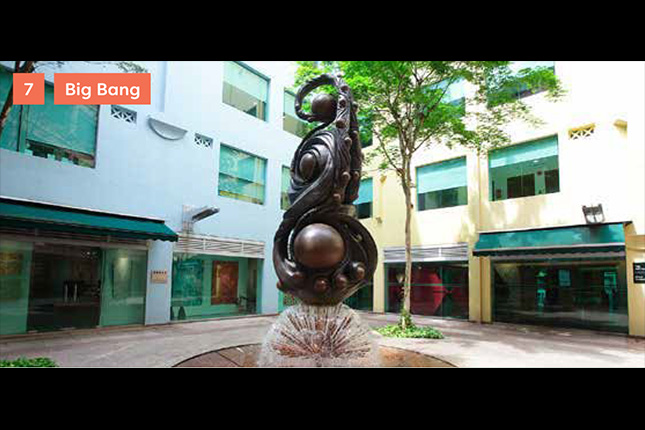This limestone slab is carved with four different scenes that alludes to the wealth and status of the deceased-the servants and horses he possessed, the banquet and canopied throne suggest the stele was probably found in the tomb of nobleman. The costumes worn by the figures, the hairdo the trees and rocks are typical of the style of this period. The slender figures and flowing draperies of the figures’ attire point to the classic style of the time. The carvings, expertly and gracefully executed with some parts in slightly higher relief reflect the styles of line drawings of the Six Dynasties prior to the development of paintings. It is thought the scenes could also suggest the commissioner's princely bestowment on the deceased in the afterlife. Regardless, both express the patron's filial piety in honouring his ancestor with an idealised construction of the latter's posthumous world. The emphasis on filial piety was the stronghold of Confusian values in Chinese society since the Han dynasty (206 BCE-220 CE).As use of nails were not permitted on coffin panels, this slab was probably part of a wall mounting on a building, such as a temple.


















